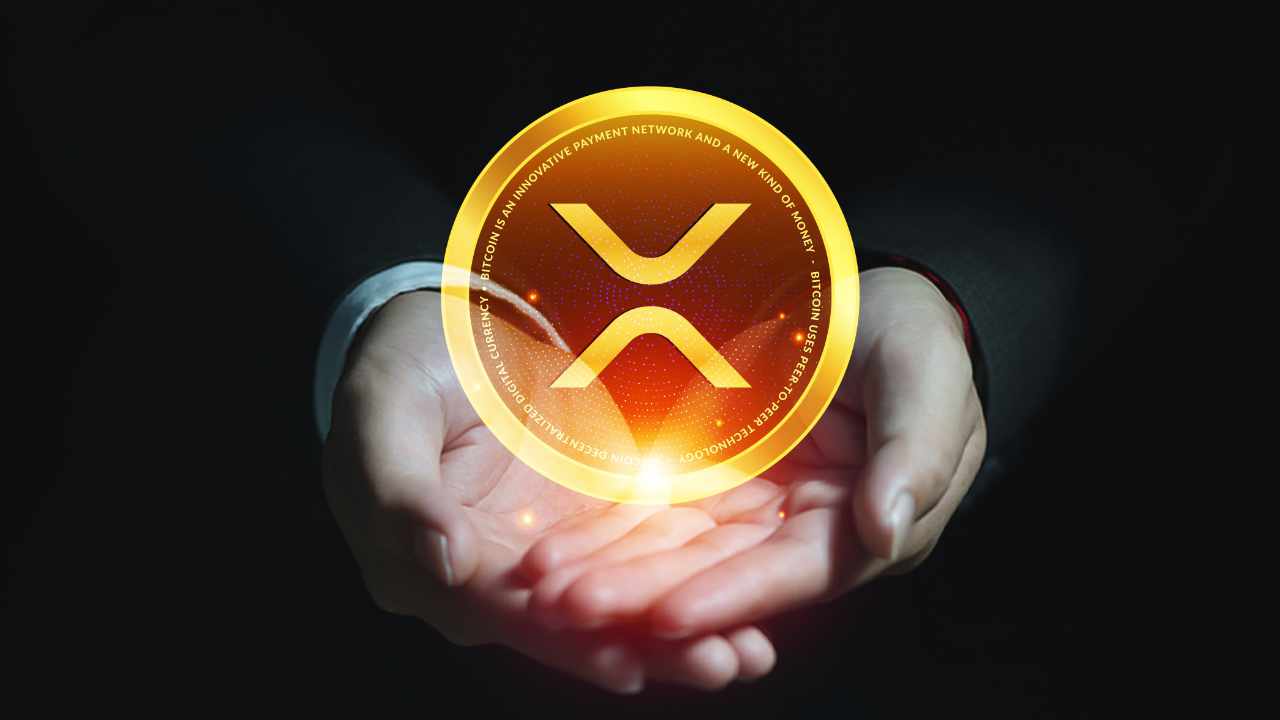
The blockchain landscape is at a pivotal juncture where interoperability has transitioned from a technical aspiration to an operational necessity, particularly for institutional finance and decentralized finance (DeFi) applications. Ripple, a stalwart in cross-border payments, has made a significant stride by integrating Wormhole, a leading cross-chain messaging protocol, with the XRP Ledger (XRPL) and its EVM-compatible sidechain. This integration promises to enhance XRP’s utility and relevance, not just within Ripple’s ecosystem but across the broader blockchain landscape.
The early days of blockchain technology were characterized by isolated networks. Bitcoin, Ethereum, and other blockchains operated in silos, unable to natively transfer value, data, or messages between one another. This fragmentation led to issues such as liquidity fragmentation, complex composability, and ecosystem silos. As DeFi and real-world asset (RWA) tokenization gained momentum, the demand for seamless cross-chain interactions became increasingly urgent. Wormhole emerged as a solution, creating a robust bridge protocol that facilitates the flow of assets and messages across dozens of blockchains. This has made Wormhole a critical piece of infrastructure for projects aiming to achieve a multichain presence and cross-chain application logic.
Ripple’s integration of Wormhole with XRPL is not merely a technical upgrade but a strategic move that has generated significant excitement across the industry. The partnership instantly connects the XRP Ledger to over 35 leading blockchains, including Ethereum, Solana, and Avalanche. Previously, XRP was largely confined to its own ecosystem. With Wormhole, XRP and XRPL-issued assets can seamlessly move across new networks, while assets from these networks can enter the XRPL, thereby enhancing liquidity and expanding user choices.
Ripple’s EVM-compatible sidechain allows Ethereum-native applications to run directly on XRPL infrastructure. By integrating Wormhole into this sidechain, developers can create decentralized applications (dApps) that are interoperable with Ethereum and every network supported by Wormhole. This eliminates the need for developers to overhaul their codebases or learn new tools, granting them access to XRPL’s liquidity and low-latency transactions. Additionally, Wormhole’s cross-chain messaging capabilities enable the execution of smart contract actions and business logic across multiple networks. Developers can coordinate auctions, escrows, swaps, and permissioned decentralized exchange (DEX) actions spanning Ethereum, Solana, and XRPL—all within the XRPL environment.
For institutions, predictable and compliant infrastructure is essential. Ripple’s focus on institutional onboarding and regulatory clarity makes it possible to tokenize and transfer assets, including fiat-backed stablecoins like USDC, across any supported network. DeFi projects can leverage liquidity from users on dozens of blockchains, enhancing participation in lending, exchanges, and yield strategies that were previously limited to single-chain silos.
The integration of Wormhole with XRPL is not just theoretical—it has immediate practical applications. For instance, a real estate developer can tokenize assets on XRPL and make them available for trading or settlement on other major chains. Investors on Avalanche or Solana can purchase these assets without needing specialized custodians or third-party bridges. Stablecoins, which are crucial for enterprise and retail adoption, can now move seamlessly between chains. As USDC becomes available on XRPL and integrates with Wormhole’s network, it expands the utility of programmable money beyond XRP. Institutions can create bespoke, permissioned DEXs with strict compliance while allowing assets to move between blockchains as needed. Multi-chain auctions, which previously required complex solutions, are now straightforward. Developers building on XRPL can use familiar languages, such as Solidity for EVM-compatible dApps, and enhance their projects with cross-chain features and liquidity, raising the bar for enterprise-grade DeFi, gaming, and payments projects.
The shift toward serious cross-chain interoperability is vital for realizing blockchain’s potential: genuine composability and choice for users and institutions. No single blockchain will dominate every use case; synergy is essential for blockchain to fulfill its role as a new operating layer for global finance and commerce. Ripple, with its focus on institutional adoption, anticipates that the lines between blockchains will blur in the coming years. XRPL’s strengths—finality, low fees, compliance, and speed—are now complemented by Wormhole’s proven cross-chain infrastructure. This allows assets beyond XRP to have a life beyond XRPL, attracting liquidity, partners, and use cases at an unprecedented scale. The perception that XRP is limited to payments is dispelled, as its expanded role now includes powering DeFi, RWA tokenization, stablecoin issuance and settlement, and data-driven smart contract integrations across multiple blockchains.
Despite the promising outlook, several challenges and open questions remain. Security is a primary concern, as bridges have historically been vulnerable to exploits. While Wormhole’s infrastructure has withstood attacks, it remains a target. Regulatory uncertainty is another hurdle, as assets moving across jurisdictions may face legal ambiguities. Ripple’s strategic focus on regulatory clarity is a step in the right direction, but challenges persist. User experience is also critical, as true cross-chain adoption requires simple, reliable interfaces. Most current bridges are cumbersome, even for technical users. Additionally, the success of this integration depends on whether developers and liquidity will spread to XRPL or remain entrenched in dominant ecosystems.
The market has already responded positively to the integration. The Wormhole token surged over 12% following the announcement, with daily trading volume increasing by 570%, indicating that markets view this as a first-mover advantage. For Ripple and XRPL, this opens the door to liquidity inflow, broader asset listings, and a surge in developer activity.
Ripple’s integration with Wormhole fundamentally transforms XRPL from a trusted value highway into a multichain superhighway, connecting blockchains across DeFi, gaming, institutional finance, and beyond. By prioritizing composability, liquidity, and institutional readiness, Ripple is not just catching up but positioning itself as a central hub for the interconnected, enterprise-scale blockchain world of the future. The playbook has been rewritten: for those building the next era of digital assets, being where the chains connect is crucial. XRPL has now become one of those places.





